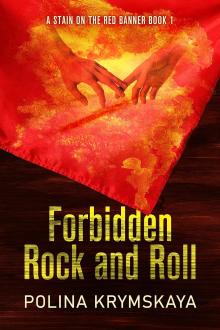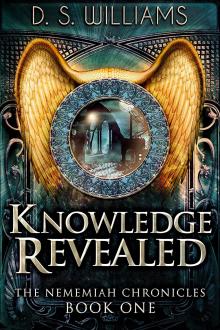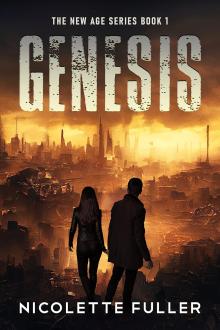Books That Had Major Revisions Years After Being Published

Some authors are never completely satisfied with their work and, were it not for pressure from publishers and fans, could keep working on a book forever. While a few delay their books until they are happy with the results, there are others who simply go back after the book has already been published to make changes. Here are a few authors who just couldn't let go and returned to previous works to make some more changes.
The Chung Kuo Series
By David Wingrove

Science fiction author, David Wingrove, started his project called A Perfect Art, changed it to A Spring Day at the Edge of the World and finally settled on Chung Kuo. He planned nine volumes for the series, but while busy with the eighth volume the series was cancelled. This forced Wingrove to try and tie up everything in the eighth book, something neither he or fans really enjoyed. More than ten years later the project was revived by another publisher who planned on splitting the eight books up into eighteen shorter novels, which includes the re-written finale along with a brand new prequel novel. Wingrove also added a second prequel novel, Daylight of Iron Mountain to the revised series.
The Stand
by Stephen King

Stephen King published his post-apocalyptic novel, The Stand, in 1978. The novel was already an expanded version of his short story, Night Surf, but about 400 pages of manuscript text were cut for the sake of brevity. Twelve years later King re-released the novel as The Stand: The Complete & Uncut Edition where he restored some of the text that was originally cut from the book. In addition, he added and revised numerous sections, changed the time period from 1980 to 1990 and made changes to the pop culture references throughout the book. Some fans enjoyed the added content while others thought it dragged down the pace of the book.
The Hobbit
by J.R.R. Tolkien
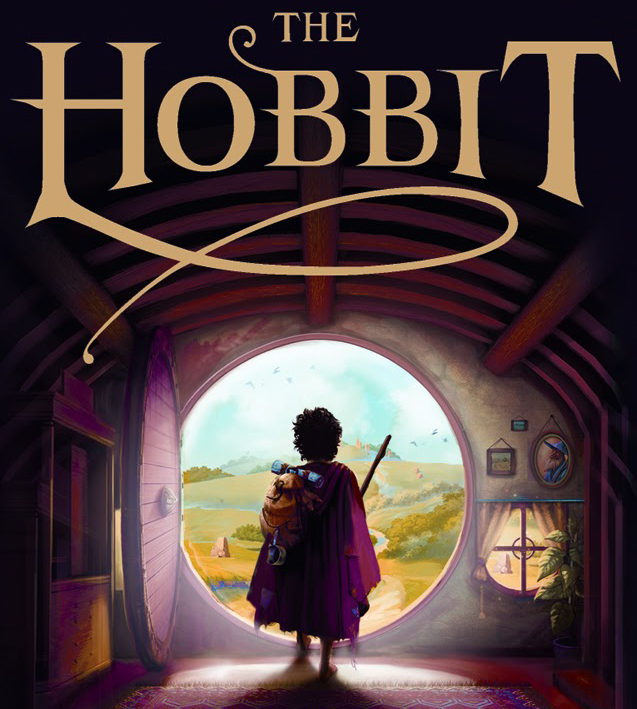
While Tolkien was busy with The Lord of The Rings the importance of the Ring increased dramatically, which in turn resulted in some inconsistencies with The Hobbit. Instead of making changes to The Lord of The Rings, Tolkien decided that he would make the changes to The Hobbit instead. In the revised version Gollum was not only made more wretched to show his torment under the spell of the ring, but he was also less eager to part company with it in the Riddles in the Dark chapter. Instead of cheerfully leading Bilbo out of the mountain, Gollum chases him out. Tolkien also made other changes to the book, such as renaming the "Gnomes" the "High Elves" which made more sense.
The Adversary Cycle Series
by F. Paul Wilson

Author F. Paul Wilson wrote the six novels that make up the Adversary Cycle between 1981 and 1992. However, the books in the series do not take place in chronological order and two of them were originally stand-alone novels. It wasn't until the last book in the series, Nightworld, that The Tomb and, The Touch, were made part of the series by making their protagonists come together. The Tomb was then re-released 20 years later under its original title of Rakoshi while Reborn, Reprisal and Nightworld all received revised editions as well.
Demon Seed
Dean Koontz

While most authors are happy with adding new content or updating dated information when revising their books Dean Koontz took a more drastic approach. In 1973 his science fiction/horror book, Demon Seed, was published telling the tale of a woman and a rogue computer. The story was written from the perspective of both these characters. 24 years later Koontz rewrote the entire book and, while it shares the same plot, the new version is told entirely from the perspective of the computer.
Knight Life
by Peter David

Peter David published his Arthurian fantasy novel, Knight Life, in 1987 and it sold in decent numbers. Over the years, David grew dissatisfied with the book and considered it to be an amateur novel. When there was talk that the book would be turned into a film David wrote a screenplay version that corrected some of the dated elements, such as typewriters. David then decided he would rewrite the entire novel while incorporating the new elements from his screenplay version. In the end, the version of the book he published in 2002 contained 95,000 words, compared to the 65,000 of the original edition.
Magician
by Raymond E. Feist
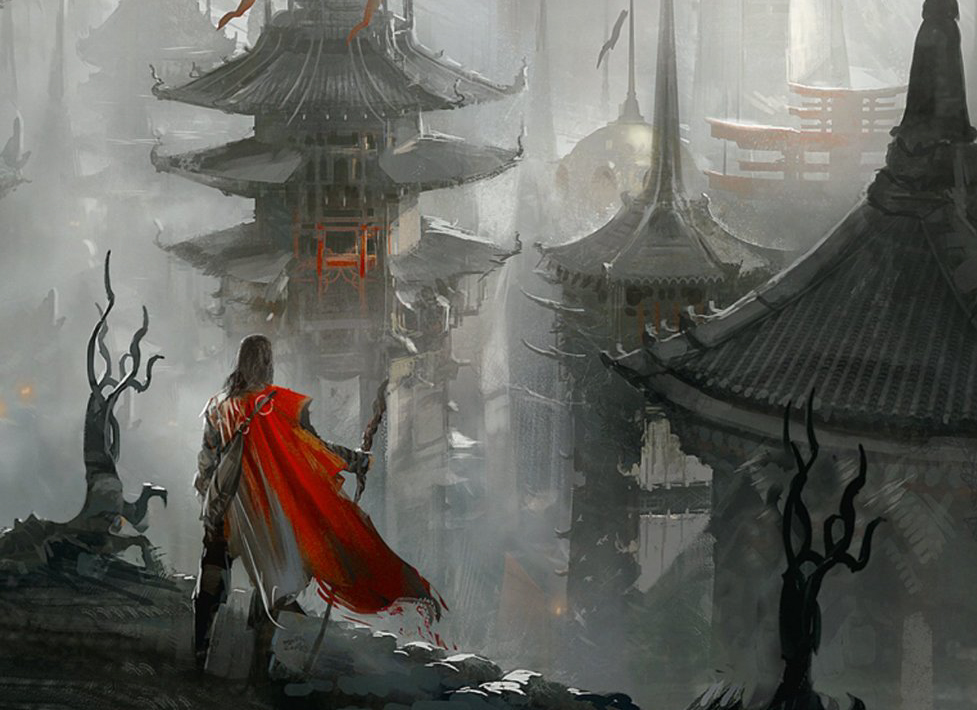
Raymond E. Feist released Magician in 1982 as the first book of his epic Riftwar Saga. The author would go on to write many more books set in the world of Midkemia, which he created for Magician. However, his editors reduced the size of the original book, much to the dissatisfaction of Feist. Ten years later, after he had grown in fame, Feist re-published Magician as his "Preferred Edition" where he restored most of the deleted text. Some of the generic references in the original book were also made more specific in the new version.




